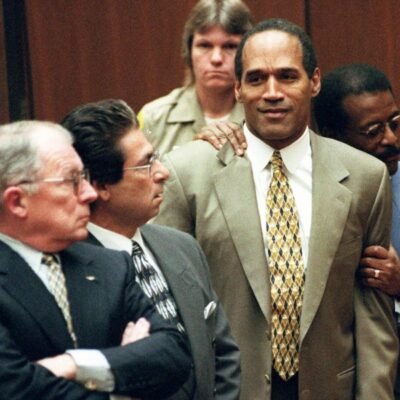
LAS VEGAS (KLAS) – To people who don’t live in Las Vegas, it is a name that when said can make people smile.
It is a place international tourists have on their bucket lists and those who live in Las Vegas, are proud but also know the pains.
“I’m feeling alright going to let it all hang out.” Singer Shania Twain sings about exactly what many people come to do on the Las Vegas Strip.
People come to the Strip just to let loose.
It’s a melting pot of shows, gambling, fine dining and nightlife.
But beyond the Strip, there’s a comradery of locals who feel forgotten.
“Unless there is something I have to absolutely see, it’s just not your everyday go-to anymore,” Jaqueline Cooper said.
Cooper added that it is just not how it used to be.
Her safe space is inside her four walls in Henderson.
“Population growth is probably the most glaring problem,” she said. “It was very stable and over the last 15 years it boomed.”
It’s boomed so much that in 2010 Clark County was home to less than two million people.
As of last year, more than 2.33 million made it their home.
In the last year, about 127,000 new residents were welcomed to the Silver State.
“I miss going to the pool on locals’ day and being able to swim,” Kristin Downing said.
Cooper’s longtime friend Downing lived in Las Vegas about 10 years ago.
She wants to move back but she’s priced out.
“You have to pay for everything,” Downing said.
Now she pays for parking.
“I remember valeting at the Ceasar Forum Shoppes, I had a cavalier, pulled up, and valet my Sunburst Cavalier at The Palms, no shame,” she said.
“They used to have locals’ night,” Cooper said.
She also said the Strip used to be a playground for locals where could walk the Strip, scroll online, and instantly find endless local discounts.
That’s not the case anymore.
So, 8 News Now went for a ride down the Strip to learn how we got to this point.
“It’s a sporting town, that’s what it’s becoming,” Adam Flowers shared.
And then the unavoidable.
“I thought we highlighted the new Nevada state bird. The orange traffic cone, there’s so much construction!” Dick Feeny yelled.
Flowers and Feeny are founders of Vegas Specialty Tours.
A tour that takes tourists and locals back to the 40s and 50s.
It highlights those responsible for a good chunk of the resorts we know of. The mob.
“Benjamin Siegal was born in 1906 in Williamsburg, New York,” Flowers said.
Also known as “Bugsy,” an American mobster and the driving force behind the Las Vegas strip.
“You aren’t in Vegas until you are north of Sahara Avenue Strat Tower, Fremont Street downtown, that’s Las Vegas,” Flowers said.
Then, the iconic resort, the Flamingo which Bugsy opened in 1946.
It’s the third casino to make it on the Strip, which began to develop in 1941.
“All the casinos were set back off the Strip,” Feeny said.
The Mirage is the best example of how casinos looked years ago.
“Mind you, you could pull into a hotel from the street and park in front,” Michael Green from UNLV said.
He is a Las Vegas historian who detailed the evolution of the Strip, which some used to call “the wilderness.”
“Originally the Strip was far out of town to a lot of people, but it was an easier place to visit,” Green said.
But visiting like so many other things now costs more than ever.
“If you balance inflation, it was cheaper, but I think it was less glorious than a lot of them thought at the time,” he said.
In the meantime, the revenue stream for Las Vegas has reversed.
Green said the money came from two-thirds of gambling and one-third of everything else, food and entertainment.
Not anymore.
“When someone asks me if Las Vegas has changed for the better or for the worse, I always say yes,” Green said.
Because there’s better and there’s worse, no matter where you live, it just depends on who you ask.
“I still love Vegas I know this seems like a slam session and it’s not,” Cooper said.
“I would just like to see them focus on locals again,” Downing added.
“We come a long way in a short amount of time,” Flowers said.
Las Vegas is growing and now it’s dealing with the growing pains.
A hundred years ago the population of Las Vegas was just 3,000. Researchers at UNLV said by 2060, Southern Nevada’s population might swell to 3.39 million people.




